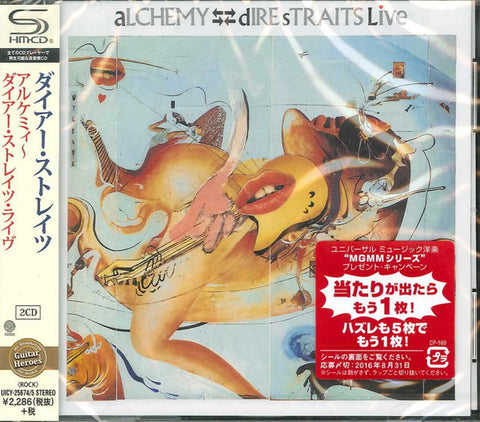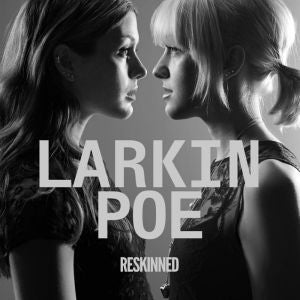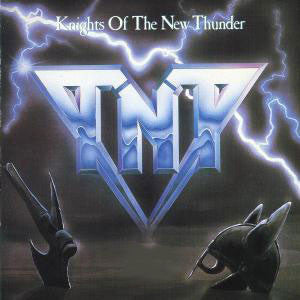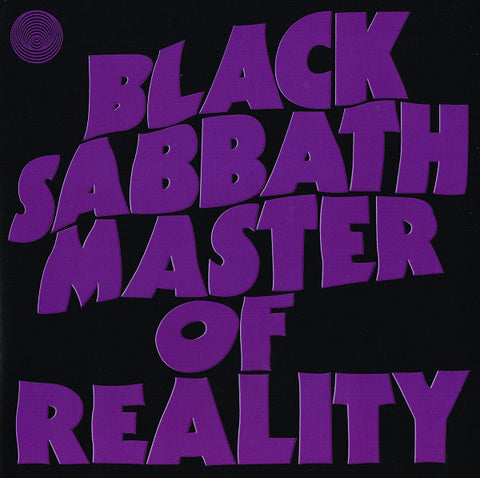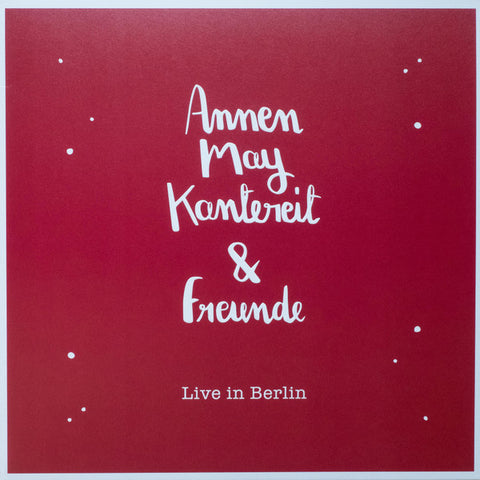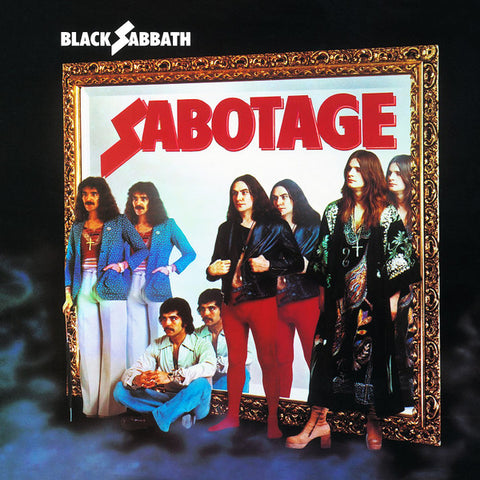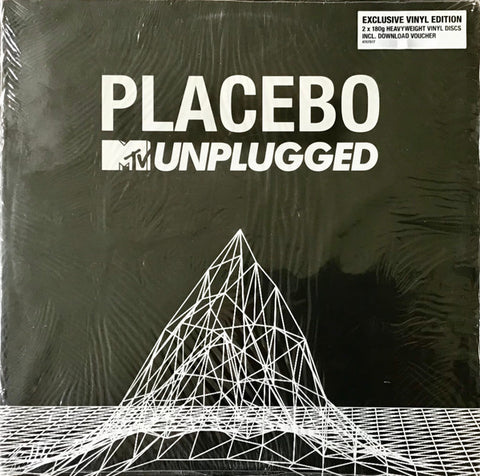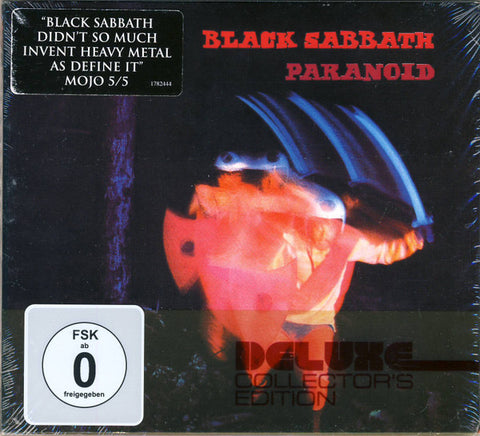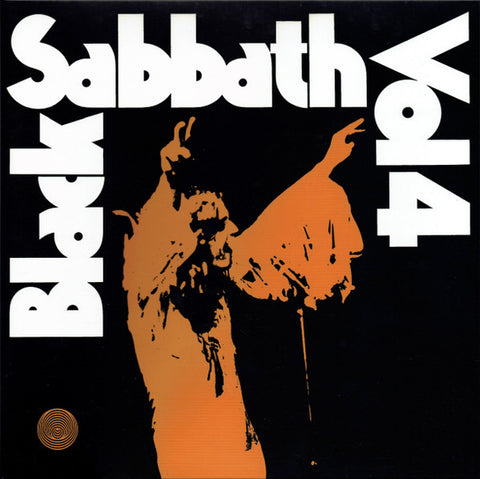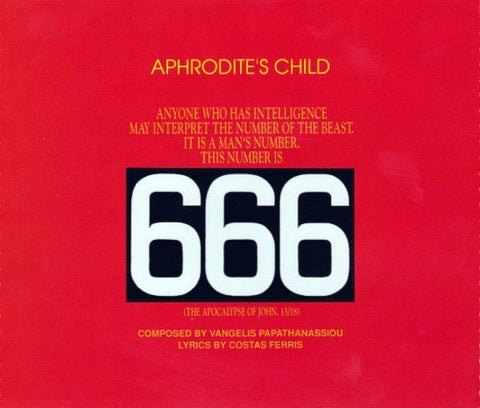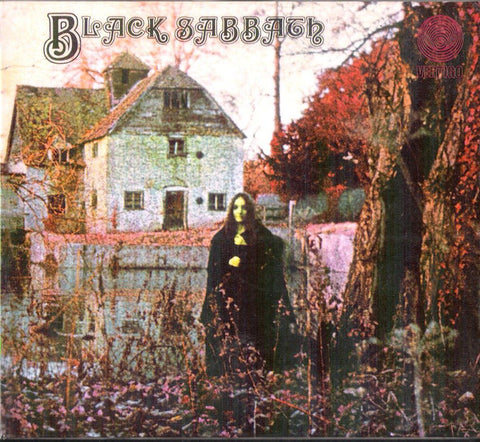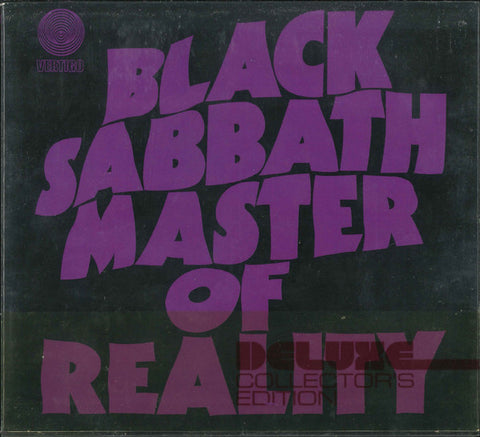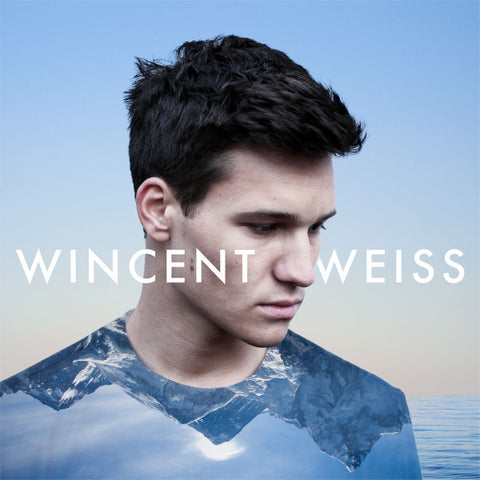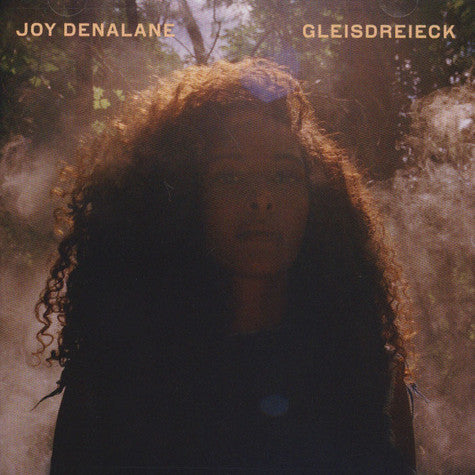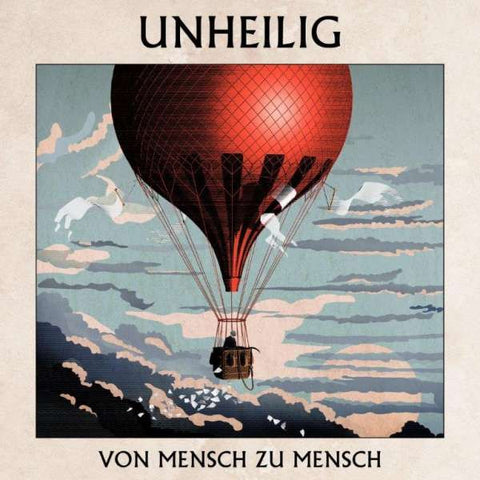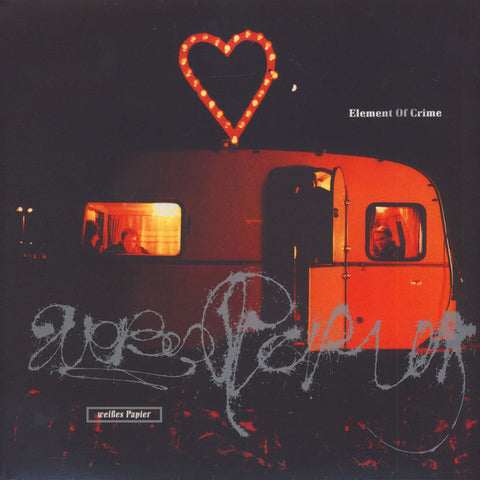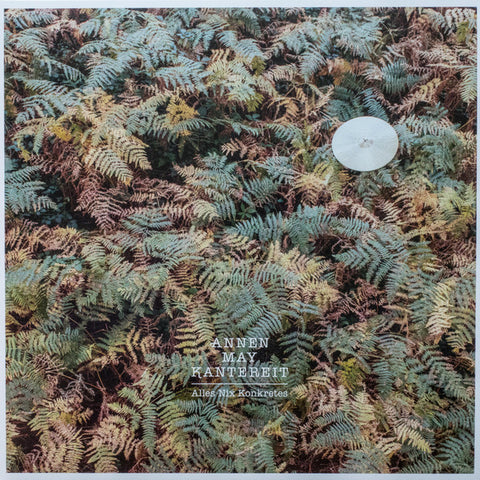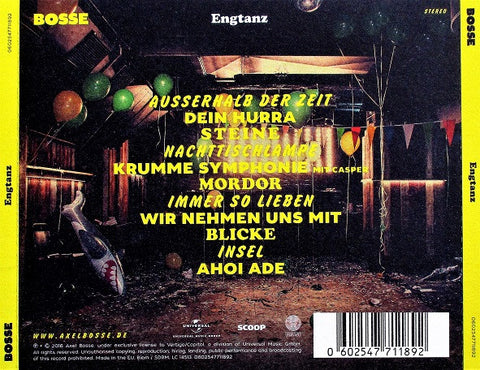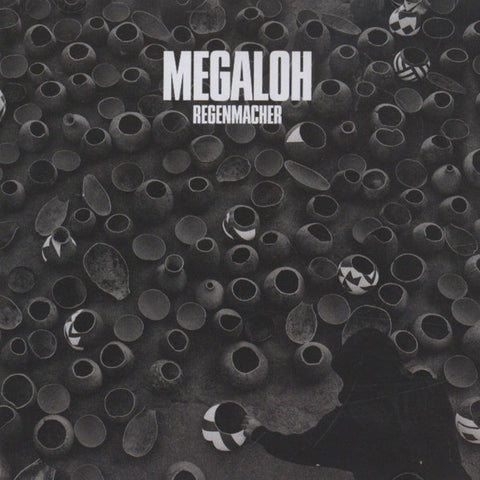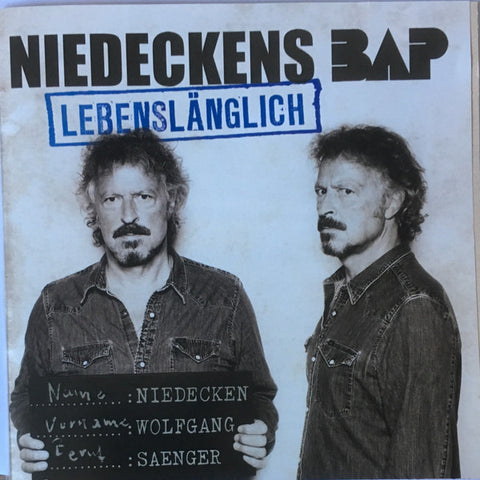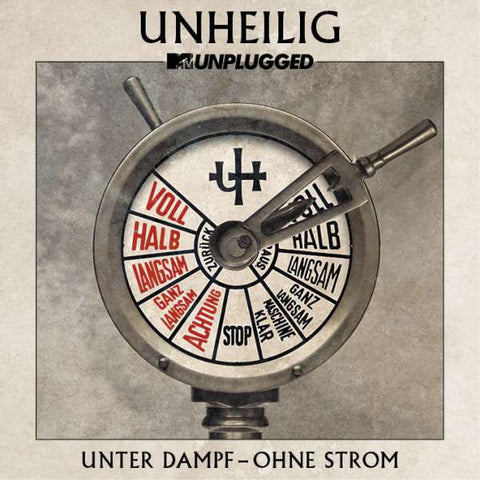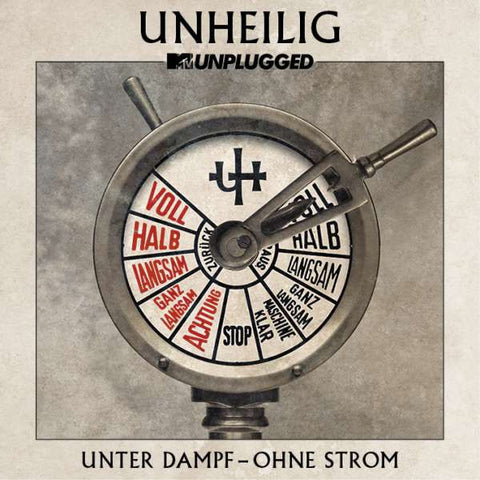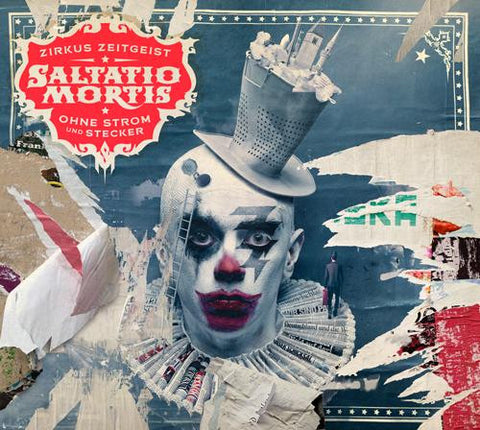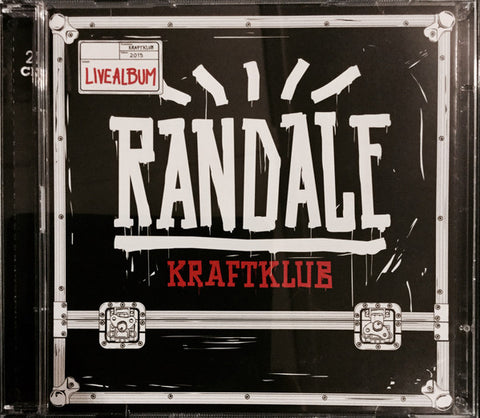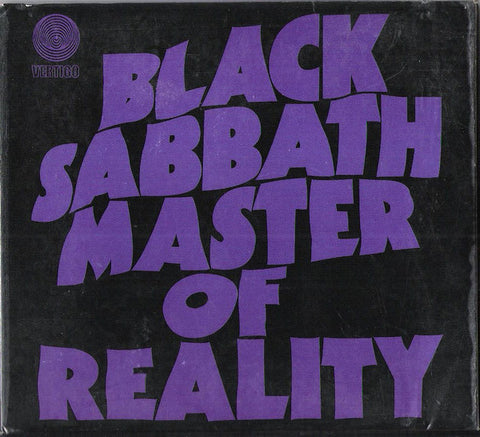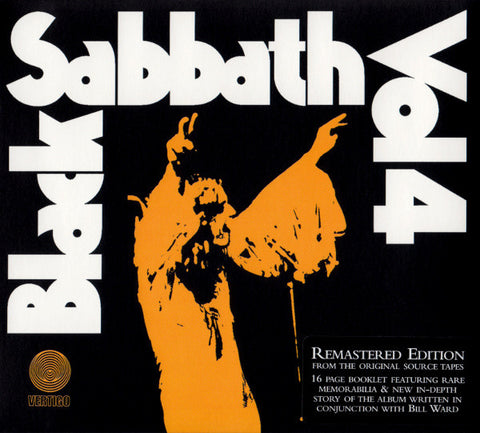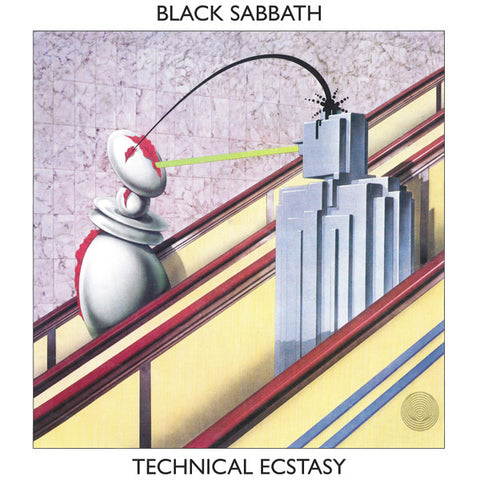You have no items in your shopping cart.
Vertigo

Multinational label. Label Code: LC 1633 / LC 01633
Vertigo was launched by Philips Records Ltd. in the UK on 7 November 1969 and quickly adopted by other labels in the global Phonogram group outside North America.
In 1971, the label was introduced in the US by the Phonogram subsidiary Mercury Record Corporation. The label was initially known for releasing many very popular progressive rock albums in the 1970s. Today the label is owned by the Universal Music Group.
The original "swirl" logo was based off a work by Marina Apollonio created in 1967. This logo, that remained in use throughout the label's existence, was used as label design between 1969 and 1973, fully adorning the A-side with the complete tracklist on a plain white (or in the case of , black) B-side. In early 1973 the label design was changed to the equally iconic "spaceship" painted by Roger Dean, which appeared in a variety of blues and greens throughout the '70s, plus rare alternate shades in specific European markets. Around 1981 the spaceship design was abandoned for UK releases, though it remained in use elsewhere in Europe, in favour of a more plain design (initially with orange background).
Vertigo was launched by Philips Records Ltd. in the UK on 7 November 1969 and quickly adopted by other labels in the global Phonogram group outside North America.
In 1971, the label was introduced in the US by the Phonogram subsidiary Mercury Record Corporation. The label was initially known for releasing many very popular progressive rock albums in the 1970s. Today the label is owned by the Universal Music Group.
The original "swirl" logo was based off a work by Marina Apollonio created in 1967. This logo, that remained in use throughout the label's existence, was used as label design between 1969 and 1973, fully adorning the A-side with the complete tracklist on a plain white (or in the case of , black) B-side. In early 1973 the label design was changed to the equally iconic "spaceship" painted by Roger Dean, which appeared in a variety of blues and greens throughout the '70s, plus rare alternate shades in specific European markets. Around 1981 the spaceship design was abandoned for UK releases, though it remained in use elsewhere in Europe, in favour of a more plain design (initially with orange background).
Sort by:
Show:
Total 34 Items

